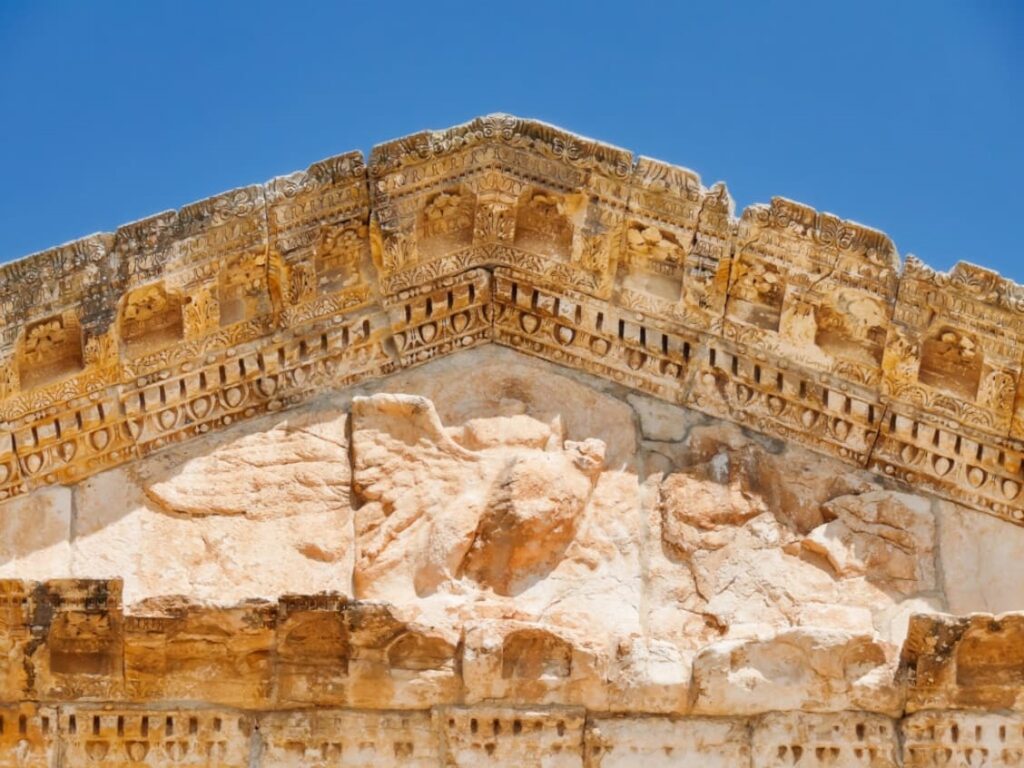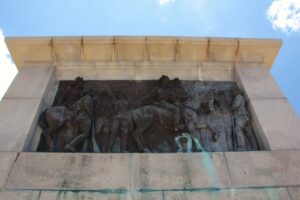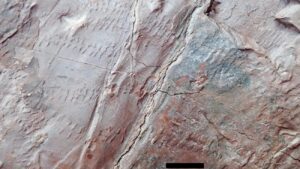Dougga: A Glimpse into Tunisia’s Roman History
Nestled in the northern part of Tunisia, Dougga is a remarkable archaeological site that offers a window into the grandeur of Roman civilization. This UNESCO World Heritage Site is often considered one of the best-preserved Roman towns in North Africa. With its stunning ruins set against a backdrop of rolling hills, Dougga is a must-visit for history enthusiasts and travelers seeking to explore Tunisia’s rich cultural heritage.
What to See
Dougga is home to an impressive array of Roman ruins that have stood the test of time. The Capitol, dedicated to Jupiter, Juno, and Minerva, is one of the most iconic structures, showcasing the architectural prowess of the Romans. The theater, with its semi-circular seating, offers a glimpse into the entertainment culture of ancient times and still hosts performances today. The site also features the Temple of Saturn, the Licinian Baths, and the Punic Mausoleum, each telling its own story of the past.
As you wander through the site, you’ll come across the remains of residential areas, complete with intricate mosaics and well-preserved streets. The Forum, once the heart of public life, is another highlight, where you can imagine the bustling activity that once took place. The views from the top of the site are breathtaking, offering panoramic vistas of the surrounding countryside.
A Bit of History
Dougga’s history dates back to the 6th century BC when it was first established by the Numidians. It later became a thriving Roman town after the Roman conquest in the 2nd century BC. The town flourished under Roman rule, becoming an important center of trade and culture. Its strategic location on a hilltop provided natural defenses, contributing to its prosperity and longevity.
The town continued to thrive until the 4th century AD, when it began to decline due to the fall of the Roman Empire and the rise of new powers in the region. Despite this, Dougga remained inhabited until the 7th century, when it was finally abandoned. The site’s remarkable state of preservation is attributed to its isolation and the quality of Roman engineering.
Interesting Facts and Tips for First-Time Visitors
- Dougga covers an area of about 65 hectares, making it one of the largest Roman sites in Africa.
- The site was inscribed as a UNESCO World Heritage Site in 1997, recognizing its cultural and historical significance.
- The name “Dougga” is derived from the Berber word “Thugga,” meaning “pasture,” reflecting its agricultural roots.
- The best time to visit is during the spring or fall when the weather is mild, and the landscape is lush and green.
- Wear comfortable shoes, as the site involves a fair amount of walking on uneven terrain.
- Bring water and snacks, as there are limited facilities on-site.
How to Get There
Dougga is located approximately 110 kilometers southwest of Tunis, the capital of Tunisia. The most convenient way to reach Dougga is by car, which takes about two hours from Tunis. You can rent a car or hire a taxi for the day. Alternatively, you can join a guided tour from Tunis, which often includes transportation and a knowledgeable guide to enhance your experience.
For those relying on public transportation, you can take a train or bus to the nearby town of Téboursouk and then hire a taxi to Dougga. However, this option may require more time and planning.
Whether you’re a history buff or simply looking to explore a unique and beautiful site, Dougga offers a fascinating journey into Tunisia’s Roman past. Its well-preserved ruins and stunning landscapes make it a memorable destination for any traveler.








